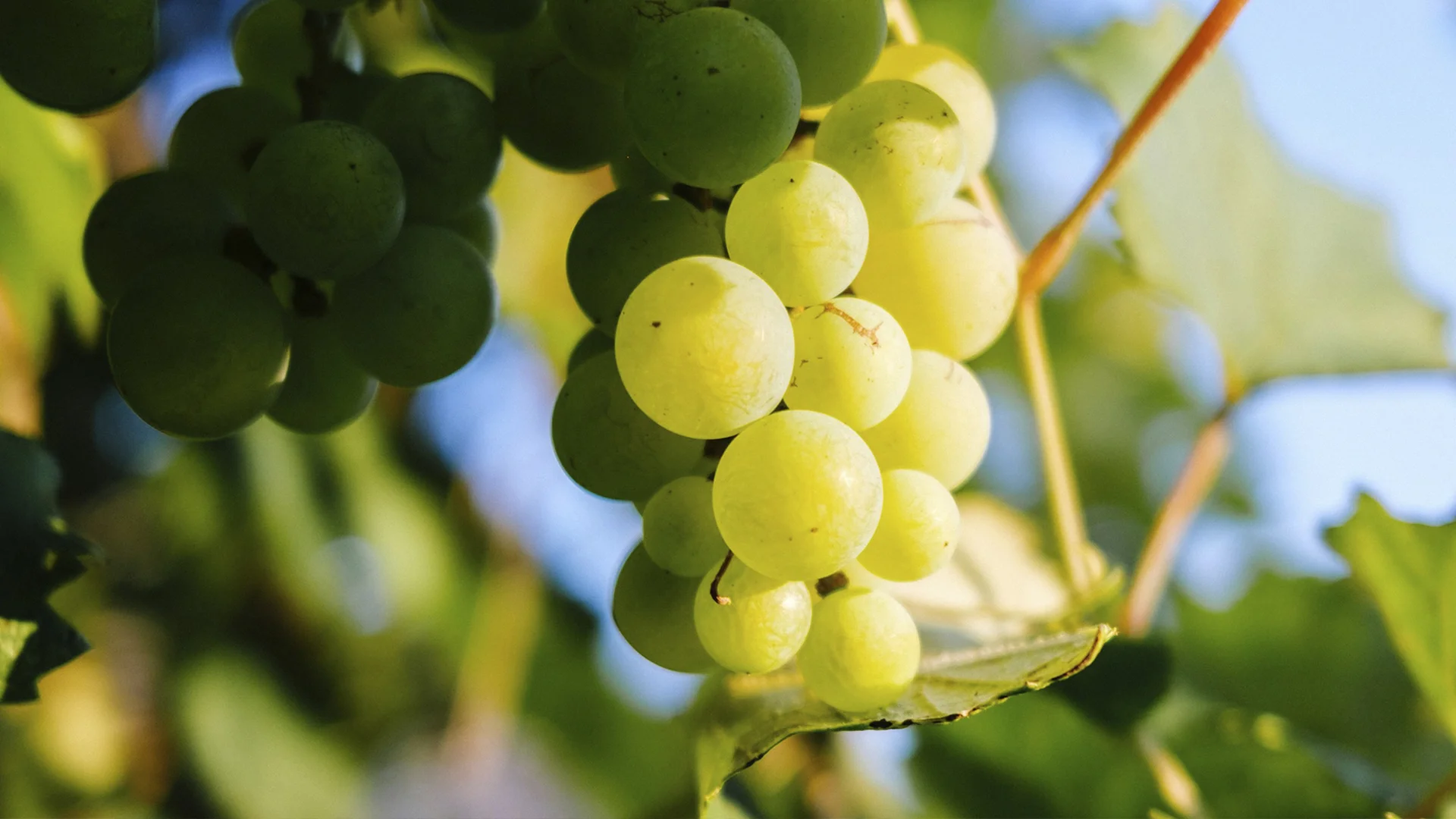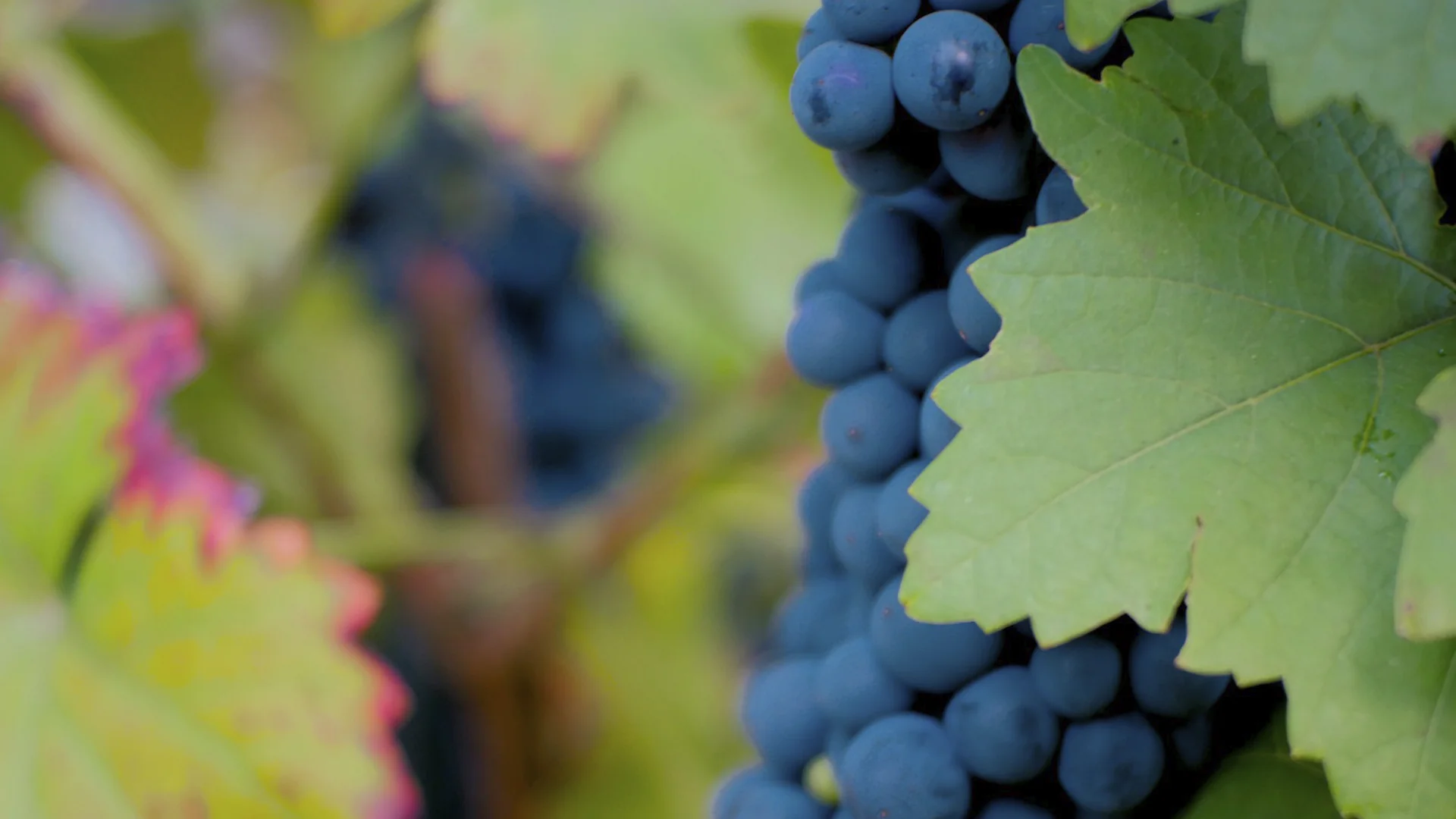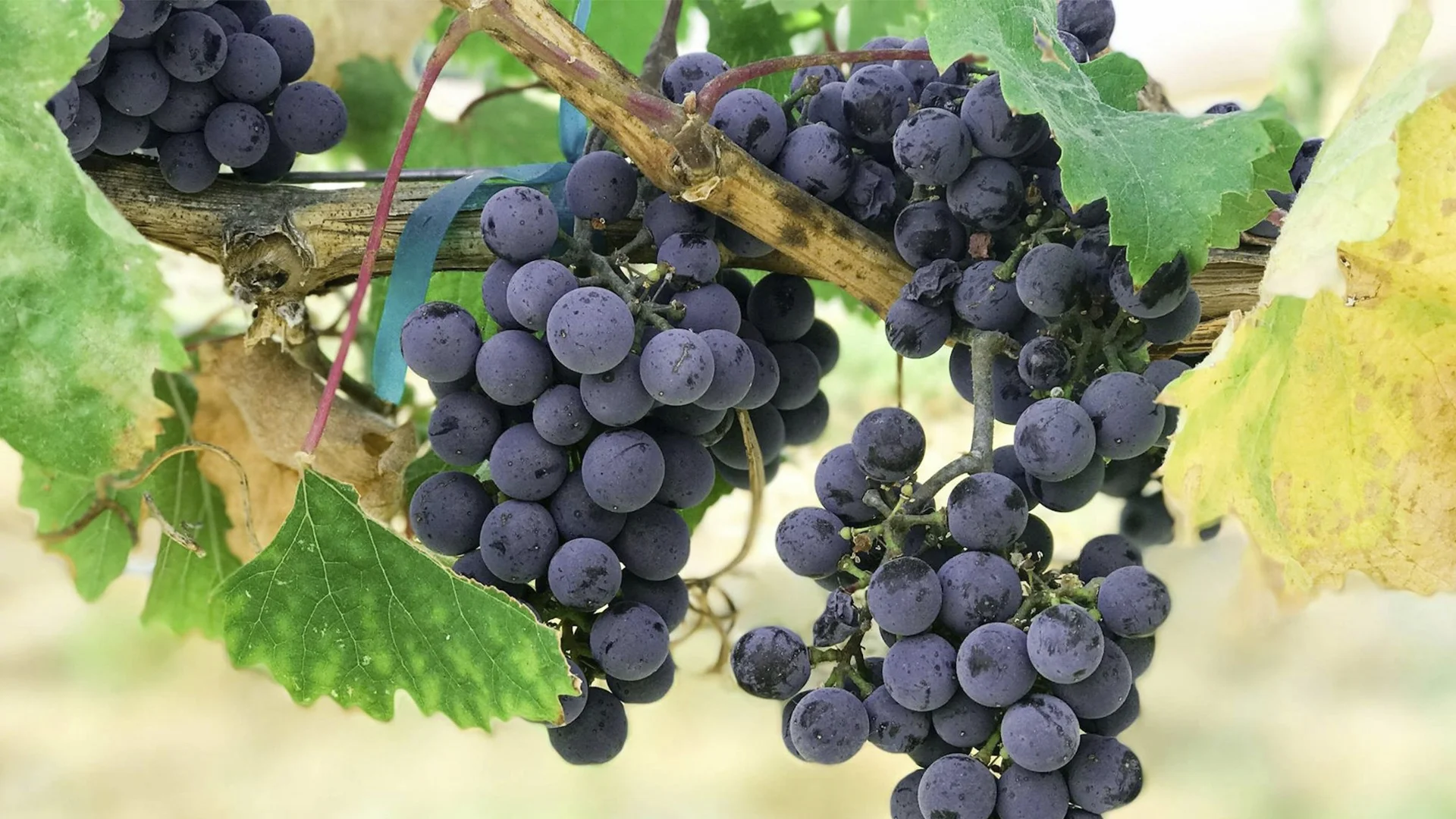.webp)
With its rich history and robust characteristics, the Tannat grape has carved a niche for itself in the world of wine. Originating from the Basque country on the border between France and Spain, Tannat is best known today for its key role in Uruguay’s wine industry, particularly as a full-bodied red wine.
This profile will delve into different aspects of the Tannat grape, starting with an introduction to Tannat grapes and some interesting, fun facts that will help you understand why this grape is so unique. After this, we will delve into the history of this grape, from its origins to becoming Uruguay’s flagship varietal, uncovering the historical milestones that have defined its cultivation.
Our discussion will extend to the ideal viticultural conditions where Tannat thrives, focusing on the grape's climatic and soil preferences. We will also identify the main regions globally where Tannat is grown and discuss how terroir influences its characteristics. We will also examine sustainable practices in the production of Tannat grapes, showing which are the main trends towards a more sustainable wine industry. Finally, we will mention some of the most famous wines made from the Tannat grape, showcasing their significance in the wine world.
Tannat grapes, whose origin can be traced back to the Basque region on the border between France and Spain, have reached great popularity in a South American country: Uruguay. Here, Tannat is recognized as the most planted red wine grape, earning the status of national grape. This variety is well-known for its robustness, producing robust red wines that are full-bodied, high in tannins, and have a deep, dark colour, making them known for their deep colour and high tannins. The grape itself is characterized by its thick skin and a great amount of seeds, which contribute to the intense tannins and rich colour of the wine. Beyond their full-bodied nature and high tannin content, Tannat wines are celebrated for their complex flavors, offering a tantalizing mix of ripe plum, blackberry, white pepper, and balanced tannins, leading to a long, graceful finish.
These diverse aspects make Tannat a wine grape with a rich history, wide appeal, and strong cultural footprint in the regions in which it is grown.
Tannat grapes, native to the South-West region of France, have a rich history marked by resilience and adaptability. Originally from the Basque region, French Tannat has traditionally been used to make robust and tannic red wines that often require aging to soften their vigorous tannins. This grape made a significant geographical leap in 1870 when Basque immigrants introduced it to Uruguay, where it flourished in the local climate and soil.
In Uruguay, Tannat has developed unique characteristics that distinguish it from its French origins. Initially planted by the pioneer Pascal Harriague, the grape adapted so well that it became known as the national grape of Uruguay. The first notable international recognition of Uruguayan Tannat came in 1887 when it was presented at world exhibitions in Barcelona and Paris, winning awards and acclaim.
The journey of Tannat continued to spread across the globe, reaching regions like the United States, where experimental plantings began in states such as Maryland and Virginia, and significant cultivation also started in California by the late 20th century. The grape’s adaptability was further demonstrated in the 1990s when Tannat cuttings, mistakenly included with other varieties meant for Tablas Creek in California, thrived and showed promise in the new environment.
Today, Tannat is celebrated not just for its deep, dark wines but also for its role in innovative winemaking techniques like micro-oxygenation. This method, developed in Madiran in 1991, was specifically invented to tame the grape’s naturally high tannins, showcasing the grape’s continuing influence on modern winemaking practices.
Tannat grapes, known for their robust profile and high tannin content, thrive under specific viticultural conditions. These conditions influence the grape's development, impacting the wine's quality and flavour.

These factors collectively influence the growth of Tannat grapes, contributing to the distinctive characteristics of the wines produced from this varietal. Properly managing these conditions is crucial to cultivating Tannat grapes that yield high-quality and flavorful wines.
Tannat grapes, known for their bold flavours and robust tannins, thrive in different regions around the world, including South America, where they have become particularly prominent. Uruguay, in particular, has become synonymous with Tannat, where the vines were introduced by Basque immigrants and have flourished, contributing significantly to the grape’s development and the wine’s unique structure and flavour profile. This emphasis on South America, alongside other key growing regions, highlights the continent’s crucial role in the cultivation and popularity of Tannat, showcasing its global presence and the diverse terroirs that enhance its characteristics. Tannat grapes are renowned for producing full-bodied red wines, with the influence of regional terroirs further accentuating this characteristic, making them a standout choice for wine enthusiasts seeking depth and complexity.

These regions show Tannat’s great adaptability to different climates and soils, with each area imprinting its signature on the flavour and structure of the resulting wines. This adaptability underlines the grape’s versatility and its growing popularity among wine producers and enthusiasts worldwide.
In Uruguay, the cultivation of Tannat grapes is increasingly aligning with sustainable practices to ensure environmental stewardship and maintain the health of the vineyards. The National Institute of Viticulture (INAVI) has implemented the Sustainable Viticulture Program, which promotes responsible vineyard management through a series of guidelines aimed at reducing environmental impact. This includes minimizing the use of water and chemical inputs such as pesticides, which not only preserves local biodiversity but also enhances the quality of the grapes.
The robust nature of Tannat vines makes them well-suited to the humid and warm climate of Uruguay, reducing the need for fungal treatments typically necessary in other regions. Their natural resistance to diseases allows for a more organic approach to vineyard management, fostering an ecosystem where the vines thrive with minimal chemical intervention.
Moreover, sustainable viticulture in Canelones, where Tannat is predominantly grown, includes soil health management practices. Keeping the soil healthy ensures that the vines have a stable, nutrient-rich environment in which to grow, which is crucial for the long-term sustainability of the vineyards.
These practices aim to reduce the negative impact on the environment and enhance the social and economic aspects of viticulture, ensuring that the wine industry remains viable and productive for future generations.
The Tannat grape, once relatively obscure outside its traditional strongholds in France and Uruguay, is experiencing a resurgence and expansion on a global scale. As consumers and winemakers increasingly seek out varietals that offer both robust flavors and health benefits, Tannat is gaining attention for its high antioxidant content and bold profile. Tannat is now finding new homes in regions as diverse as California, Australia, and South Africa. This expansion is driven by the grape's adaptability to different climates and soil types, allowing it to express unique terroir-driven characteristics in each new environment. Winemakers are experimenting with Tannat to create single-varietal wines that highlight its intense, dark fruit flavors and substantial tannic structure, which are increasingly appreciated by consumers looking for wines with aging potential and substantial body.
Tannat is renowned for its high tannin levels, which contribute to its longevity and distinctive flavor profile but can also pose a challenge in winemaking. The key challenge for vintners is to manage these tannins in a way that makes Tannat wines more accessible to a broader audience without aging. Techniques such as micro-oxygenation, which introduces oxygen during fermentation to soften tannins, and blending Tannat with softer, fruitier varieties, have been effective in making smoother, more immediately palatable wines. These innovations not only help in overcoming the varietal's challenges but also open up new opportunities for market expansion.
Moreover, there is a growing interest among health-conscious consumers in wines that offer health benefits. Tannat's high levels of procyanidins, which are linked to reduced cholesterol and better heart health, present a unique selling point. This health angle can be leveraged to tap into markets where consumers are particularly health-oriented. Additionally, as the global palate continues to evolve and embrace more diverse and robust wine profiles, Tannat stands to gain from its distinctive characteristics, positioning it as a premium option for both new and seasoned wine enthusiasts.
To enjoy Tannat wines at their best, it is recommended to decant Tannat-based wines for at least one hour or use an aerator to enhance their flavours and aromas before serving. Tannat wines, including Tannat-based wines, are renowned for their rich tannins and robust flavour profiles, with notable examples coming from both Old and New World wine regions. Here are some of the most famous brands known for their unique aromatic and flavour profiles:
These brands demonstrate the versatility of the Tannat grape across different regions. Each region is influenced by the local terroir, which shapes its unique flavour profiles. Whether from the traditional vineyards of Madiran or the dynamic estates of Uruguay, Tannat continues to make a significant impact in the wine world.
The Tannat grape has not only defined Uruguay's viticultural identity but has also significantly influenced the global wine landscape. In Uruguay, Tannat is more than just a grape variety; it is a national emblem symbolizing the country's winemaking resurgence and innovation. The adaptation of Tannat in Uruguay's unique terroir has led to wines that are softer and more approachable than their French counterparts, maintaining the robustness and depth that the variety is known for. This balance has helped Uruguayan Tannat gain international acclaim, contributing to the country's reputation as a producer of high-quality wines.
Globally, Tannat represents the evolving nature of wine production, where traditional grapes find new life in different soils and climates, enhancing biodiversity in viticulture and offering wine enthusiasts diverse tasting experiences. The grape's success in Uruguay has encouraged other wine regions around the world to experiment with Tannat, further cementing its importance in the wine world as a versatile and enduring variety.





























































































.webp)

.webp)





Are you interested in
collaborating with us?